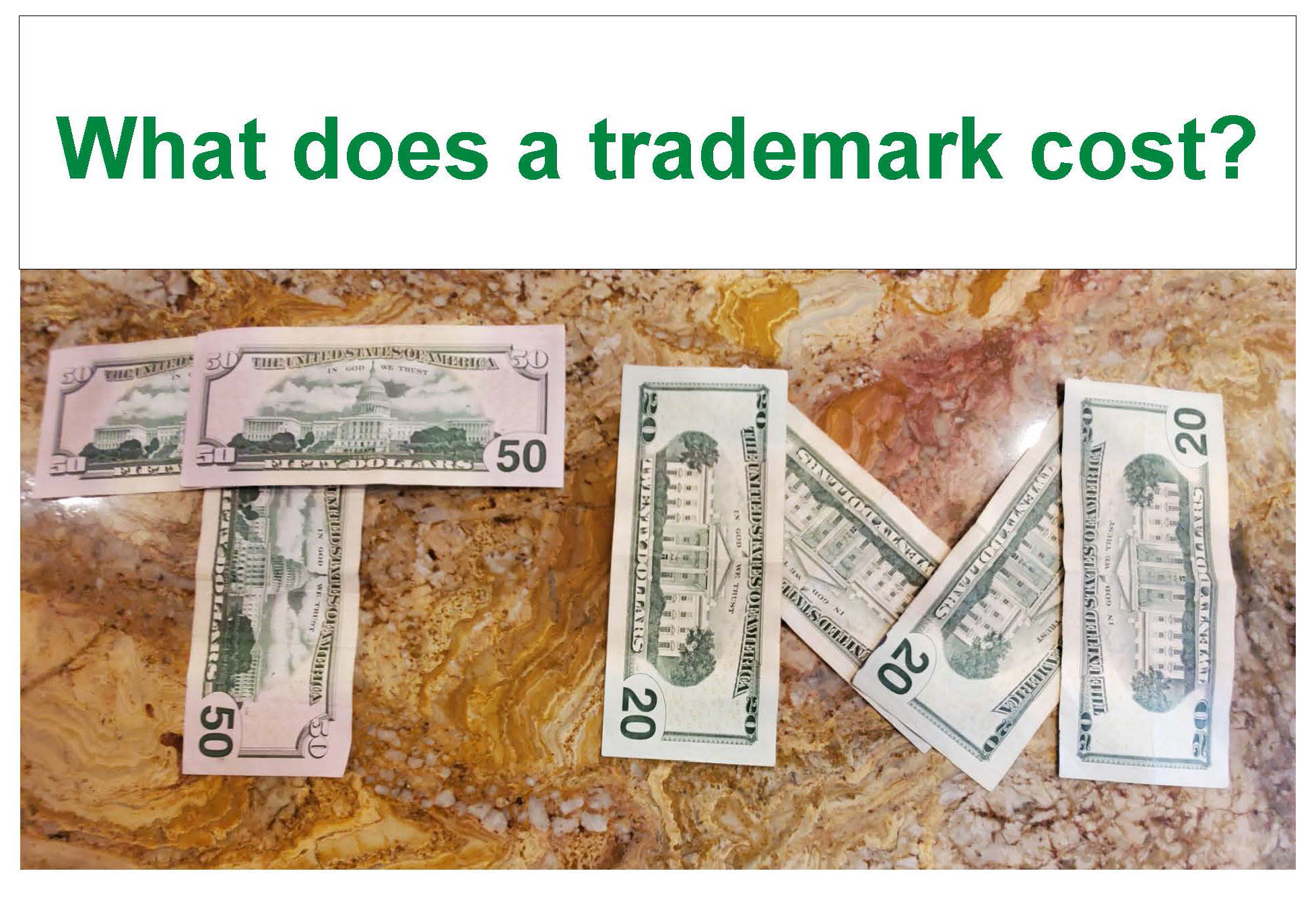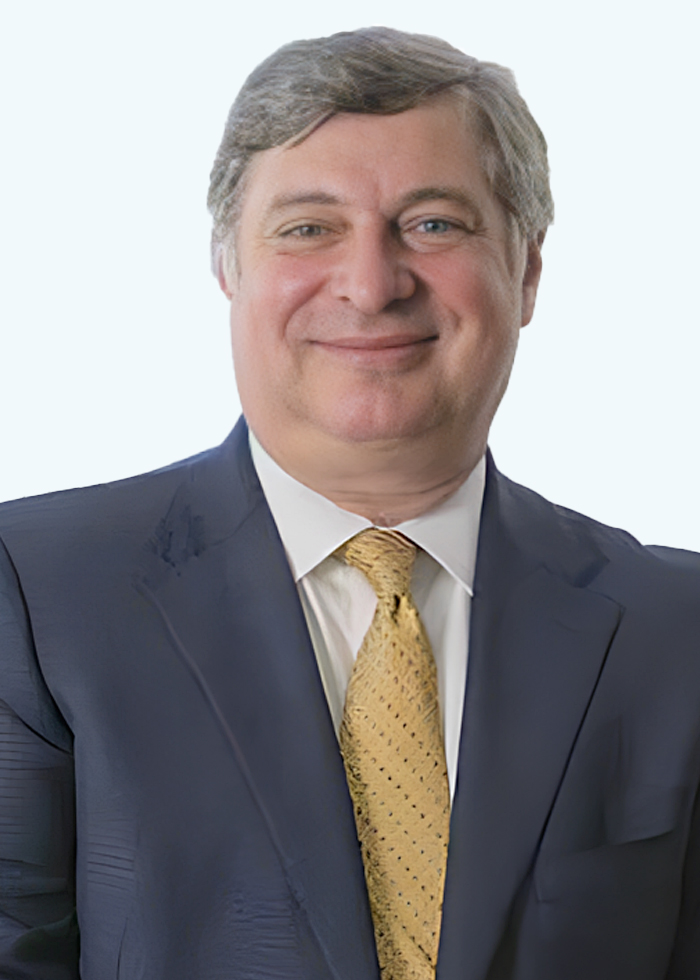Elizabeth Gearhart interviews James Klobucar, Esq., about trademark costs.
Hi I’m Elizabeth Gearhart. I’m here with James Klobucar, Senior Associate at Gearhart Law, also a trademark expert, and we are going to talk about how much it costs to get a trademark typically.
James – Absolutely. So in order to get a trademark, there’s two main steps upfront to take. One is to do the trademark clearance search and then assuming the search turns out okay, then you want to go ahead and prepare and file the application. Here at Gearhart law we work on fixed fees (or flat fees) whenever we can, and what that means is, to do a trademark search you’re typically looking at one set amount. To do the application you’re looking at a separate set amount, and then the government charges a fee on a per class basis. And what that means is, for each class of good or service that you want connected with your application, you have to pay a fee for it. So if you’re deciding you’re going to sell coffee mugs and t-shirts, those are going to be two separate classes and you have to pay that government fee times two then. And that’s one of the biggest parts of crafting the trademark application, is getting an appropriate listing of the goods and services to be associated with the mark.
From the point of filing of the trademark, you can sometimes expect office actions. Office actions again are going to be a subsequent flat fee.
There are a couple other miscellaneous administrative type fees along the way, but all said and done from start to finish you’re typically looking at around two thousand, maybe twenty-five hundred. One thing that’s important to note is that if you’re looking to trademark a word or words, phrase, slogan, etc., and if you have a separate design element, those are two separate trademarks, so each one would have its own fees and its own application.
Elizabeth – So they don’t lump them together. So if you have the word, like Gearhart Law is trademarked as the words, but then it’s also a logo with a little square with the name in it, that has to be a whole separate trademark.
James – It does.
Elizabeth – And when you talked about office action, what that means is that you submit your trademark application and the USPTO, The United States Patent and Trademark Office, comes back to you and says you can’t have this trademark for these reasons, so the trademark office takes action. So it’s an office action.
James – Right.
Elizabeth – And then you need an attorney or somebody really good, should be an attorney, to go back and argue.
James – Why yeah, and sometimes it’s substantive, that they think you’re conflicting with a third-party mark or that there’s some other deficiency with it. Sometimes it’s that the examining attorney just doesn’t fully appreciate what it is that you’re doing with the mark or how it’s going to be used in connection with the services or goods, and so they may ask you some questions, and say the applicant, the individual or company who’s applying for it needs to answer the following like say two or three questions regarding the significance of the name: does it identify a person? Is it a foreign word? so that they can properly examine the mark. So sometimes it’s pretty benign, other times it can require a lot of legal lifting .
Elizabeth – Right, but a typical one is around $2,000 – $2,500 to get a mark.
James – Yeah, from start to finish. An office action, depending on complexity, you’re maybe in the $500, $300 to $500 on the low end of things to $1500 to $2000 on the highly legal and complex end of things.
Elizabeth – So if you get too many office actions, it could raise the price of getting the trademark.
James – Yeah it could.
Elizabeth – So you have to make a decision in there somewhere, right?
James – You really get two bites at the apple. The first time around they’ll typically send what they call a non-final office action, and usually the second one will be a final office action, but not always. On the final office action you either have to resolve all the issues with the examiner within the prescribed time frame for a response, or you have to appeal the examiner’s decision to the Trademark Trial and Appeal Board, so you can only really get two conventionally. It is possible to get more than that, but conventionally you’re, looking at two.
Elizabeth – So getting a trademark, isn’t always easy. If your trademark is something in the class of goods that is distinct from everything else, then around $2,000.
But here’s one other thing I wanted to talk about real quick before we end. If I want a trademark, like you said, on books, something to do with books, and somebody else has the exact same name, but it has to do with motorcycles, so those are two different classes right, so can I get it in books if they have it in motorcycles?
James – Potentially. again, you’d have to take a look at the overall brand power associated with that third-party mark, if it’s deemed to be a famous mark and that sort of thing. But kind of the general rule in a sense is, if you have the same or similar mark in disparate areas of goods or services that are going to have different channels of trade and different customers, then that may be okay. The flip side of that would be is, if you’re trying to get Coca-Cola, that’s not going to happen in any class. Obviously, due to the brand power and the famous nature of that mark.
Elizabeth – I was going to ask you, do you think I could get Harley Davidson for fuzzy, fuzzy bunny slippers?
James – I suspect someone’s going to have an issue with that .
Elizabeth – They probably wouldn’t want their brand identified with fuzzy pink bunny slippers!
James – Probably not, yeah.
Elizabeth – It kind of seems like a decent amount of money, but really, if you build a brand, you have to protect it and two thousand, twenty-five hundred dollars is not, well it is a lot of money, but it’s worth it to protect that brand.
James – It is. It’s a small chunk of what you can expect to spend. I mean sometimes I’ve had people balk at the figures that you give them for an estimate in terms of what it’s going to take to do this or that to secure the IP for their idea for their brand etc. And you know at the end of the day, I tell them, well, that’s a problem. You need to think about what you’re doing on a larger picture, because this is about a fraction of what it’s going to cost to get up and running and produce a product. And pay for marketing and social media and molds or tooling or anything else that you may need to get, to compliance with regulatory etc. So it may sound like a lot in and of itself, but in the larger picture, it’s but a small fee of what really needs to be done to get a business up and running
Elizabeth – Right, and if you can’t afford that, then maybe you can’t afford to have a business.
James – Yeah.
Elizabeth – Great! Well thank you very much James, it’s been very enlightening.
James – Thank you.


